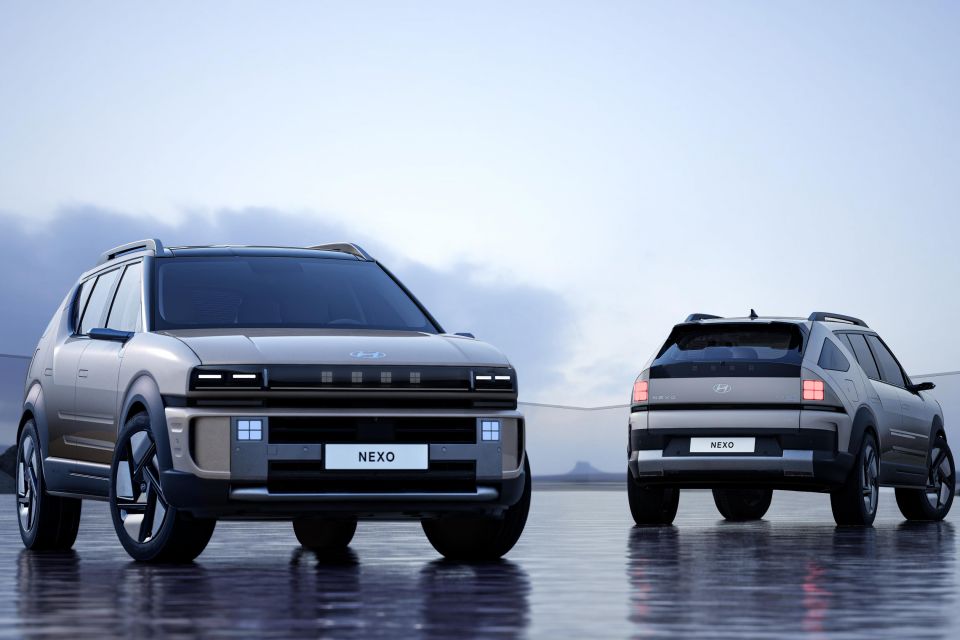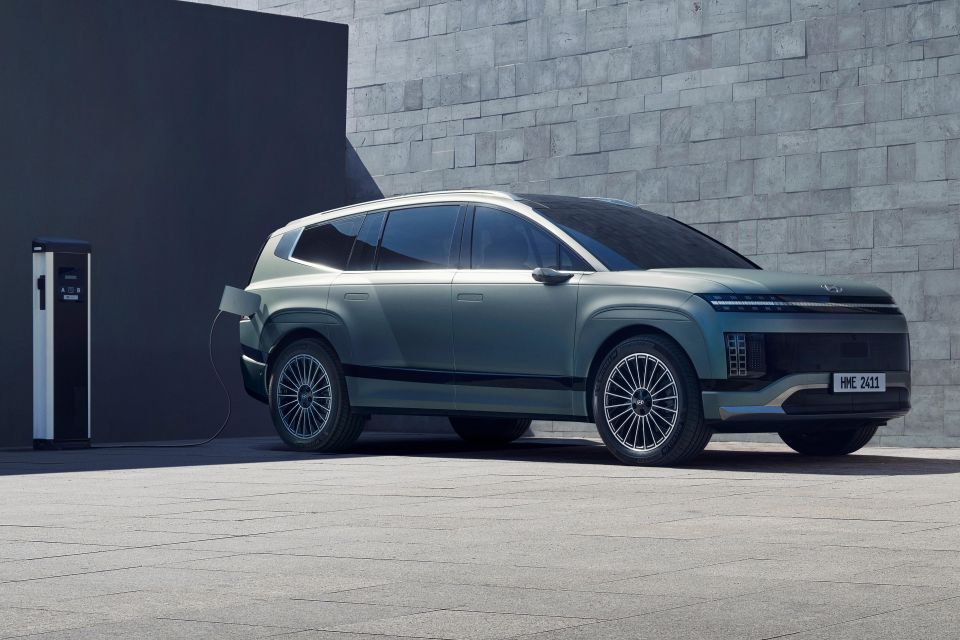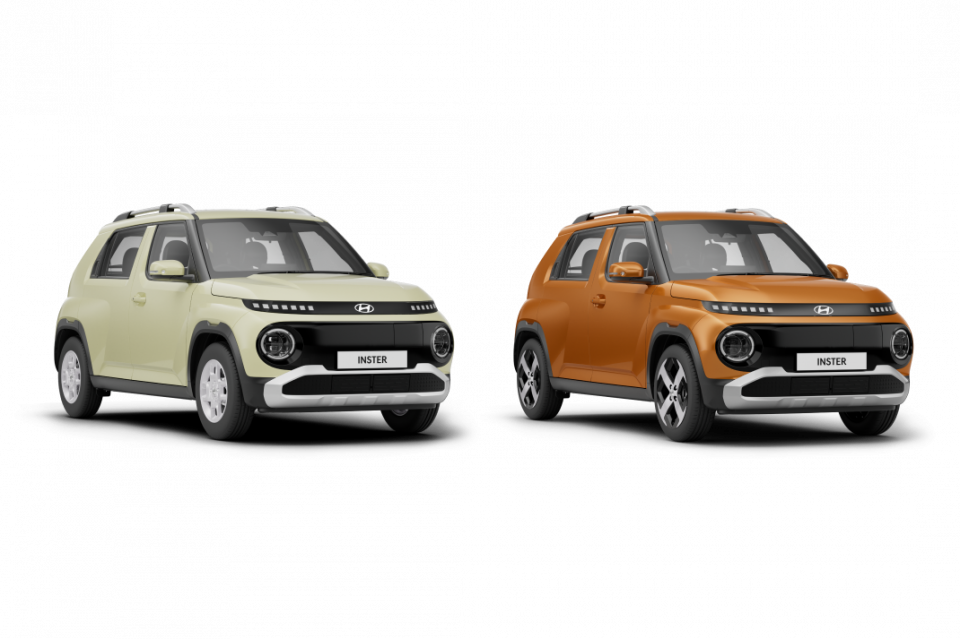Hyundai Australia has a new boss – Don Romano – and his mission is simple: turn the brand’s fortunes around amid an onslaught of new challenger brands and the looming threat of federal emissions regulations.
Mr Romano turned down retirement to join the local arm of Hyundai as the first-ever non-Korean CEO seven weeks ago, after successfully heading up Hyundai Canada for 11 years.
By his own admission, he has faced a multitude of challenges in his roles elsewhere, but none quite compare to what he’s up against Down Under.
Hundreds of new car deals are available through CarExpert right now. Get the experts on your side and score a great deal. Browse now.
In 2025, auto brands in Australia have to contend with a saturated market containing no fewer than 60 separate brands – dozens more than you’ll find in other major markets – with many more to come.
Hyundai was among the nation’s top brands until a few years ago, selling in excess of 100,000 vehicles between 2014 and 2016, before its sales declined to about 75,000 in 2023 and then 71,664 in 2024, placing it sixth on the league ladder behind Toyota (241,296 sales), Ford (100,170), Mazda (95,987), sister brand Kia (81,787), and Mitsubishi (74,547).
Additionally, this year marks the start of the New Vehicle Efficiency Standard (NVES), which includes a set of stringent emissions targets designed to reduce the carbon footprint of Australia’s new vehicle market.

Those factors, in combination with a host of other economic pressure points, render Australia a difficult place to do business according to Mr Morano.
“There’s nothing quite like it – you’re talking 70 brands, whereas the markets I’ve worked in have had anywhere from 20 to 30 brands,” said Mr Morano.
“So we definitely have a unique challenge here that we don’t see in other markets. I think the challenge is greater, but you also have a few brands that are very dominant here, more dominant here than they are in other markets. They’re more dominant even though you have more brands, which is very unusual to me.

“So the question is, how do you build a brand that can future proof itself sustainably against an onslaught of new entries?”
“When it comes to NVES, there’s going to be a lot of brands that are going to start falling apart because they’re burying their heads in the sand.”
Mr Romano joins Hyundai Australia at an important juncture for the automaker, after annual sales declined by 4.7 per cent last year.
Plans to reverse the trend include an injection of marketing investment, expansion of the model lineup, and a renewed focus on dealer engagement.

Mr Romano will oversee the launch of several key models in the coming months and years, including the Inster compact electric vehicle (EV), the Ioniq 9 large electric SUV, and the next-generation Palisade large SUV and Nexo fuel-cell vehicle.
Speaking with the media at the launch of the Inster, Hyundai’s smallest and cheapest EV so far, Mr Romano said he planned to stop the sales decline and “not to go right up to 100,000, but to start growing again”.
“I’m not going to commit to any number other than growth – we’re not going to go backwards,” he said.
“We’ve been going back for five, six years and we need to turn that corner. We’re going to do it this year, and we’re going to start going the other way sustainably and cautiously, through good brand management and ultimately new products.”

However, Mr Romano said the required sales growth wouldn’t come from new battery-electric like the Inster and Ioniq 9 alone.
EVs accounted for just 3.7 per cent of Hyundai’s Australian sales last year, with a total of 2665 sales across its Kona, Ioniq 5 and Ioniq 6 lines.
The clock is ticking for Mr Romano, who expects to hold the Korean brand’s local CEO role for no more than three years before transitioning towards retirement.
“We need to future-proof our business, and that’s why I’m here,” he told CarExpert.
MORE: Everything Hyundai



https://shorturl.fm/m8ueY